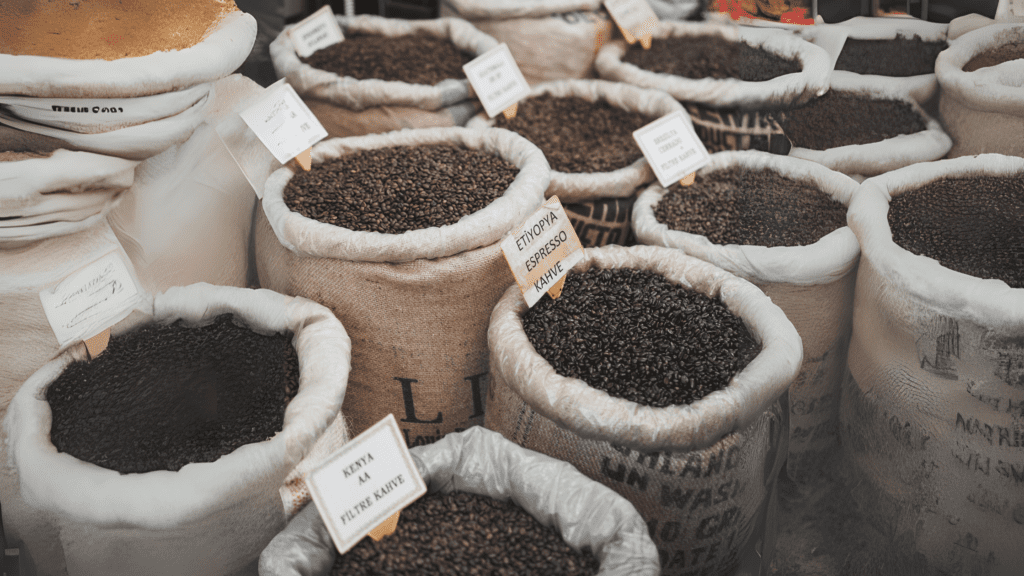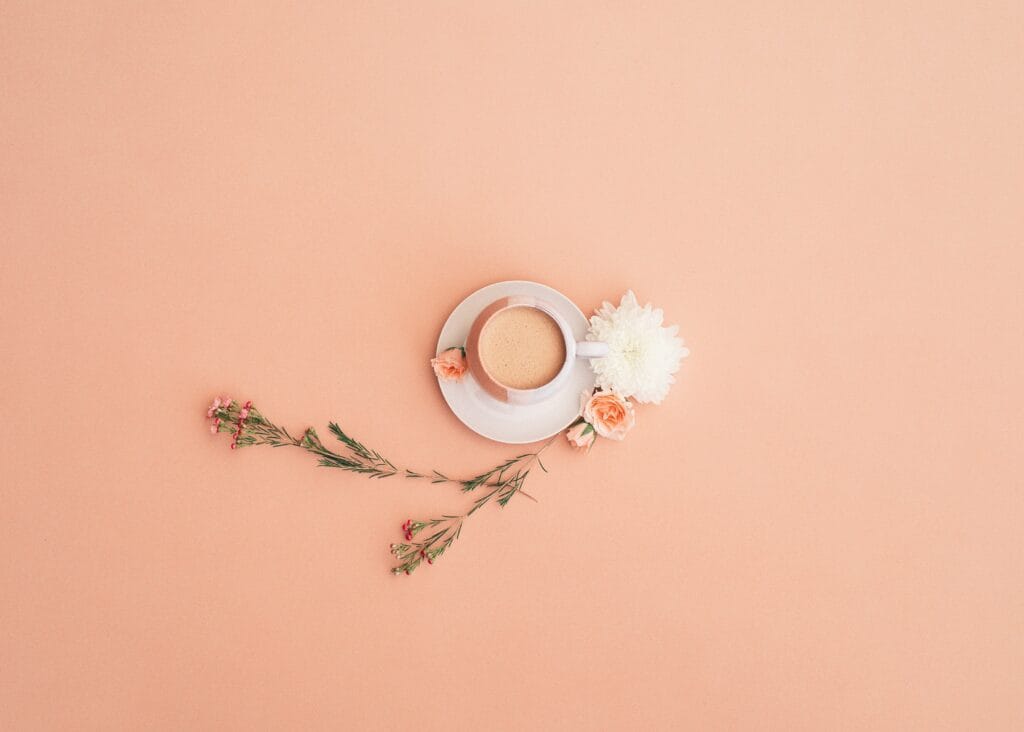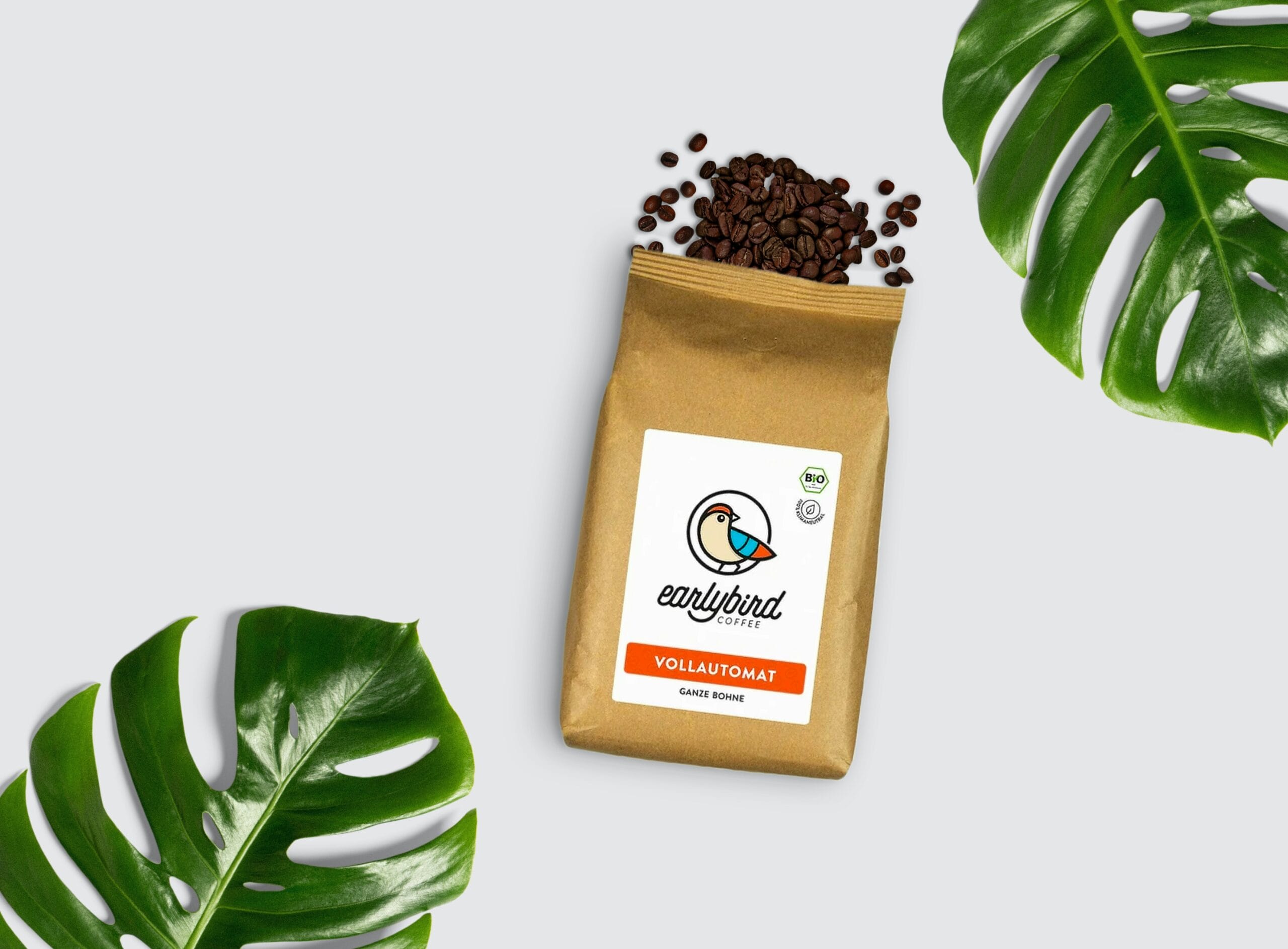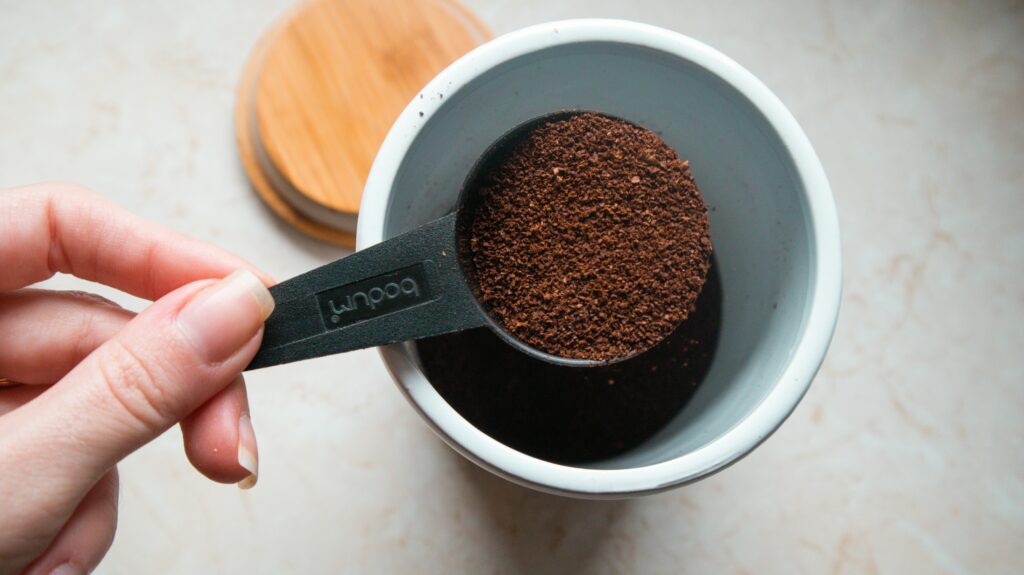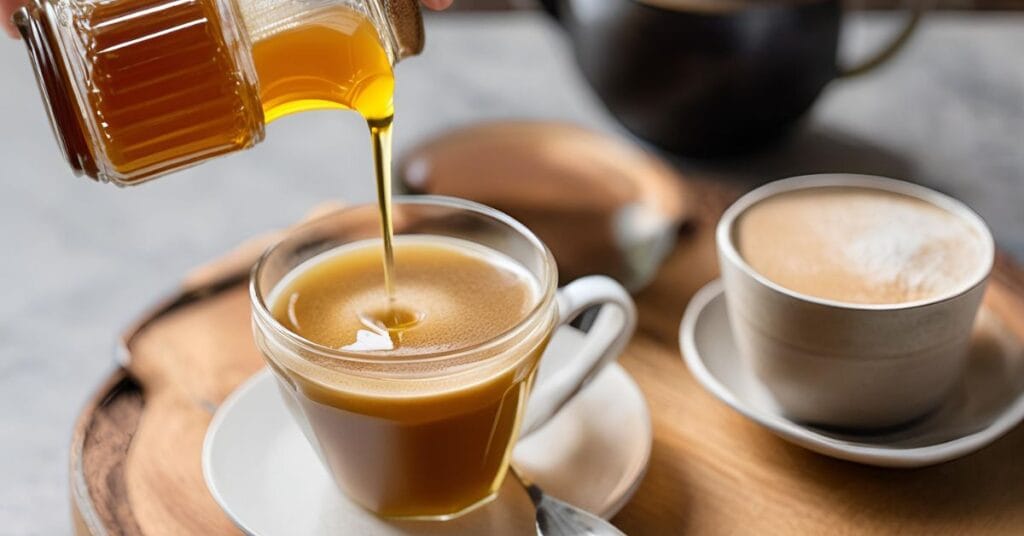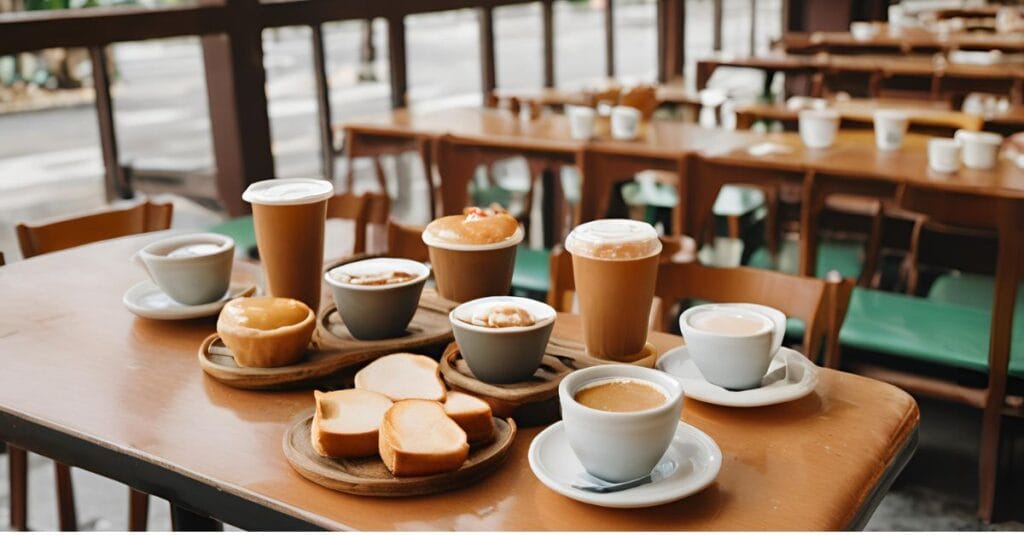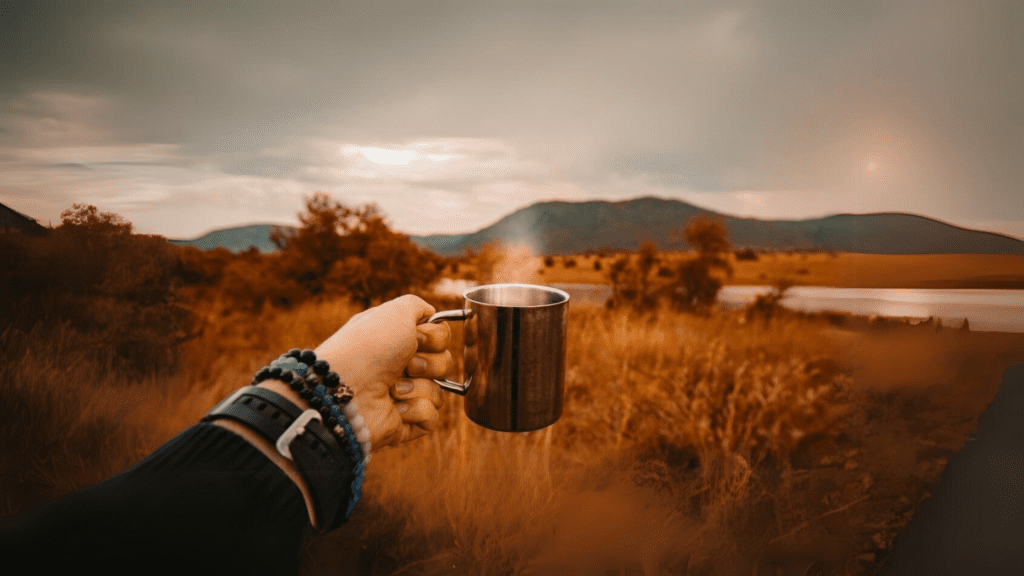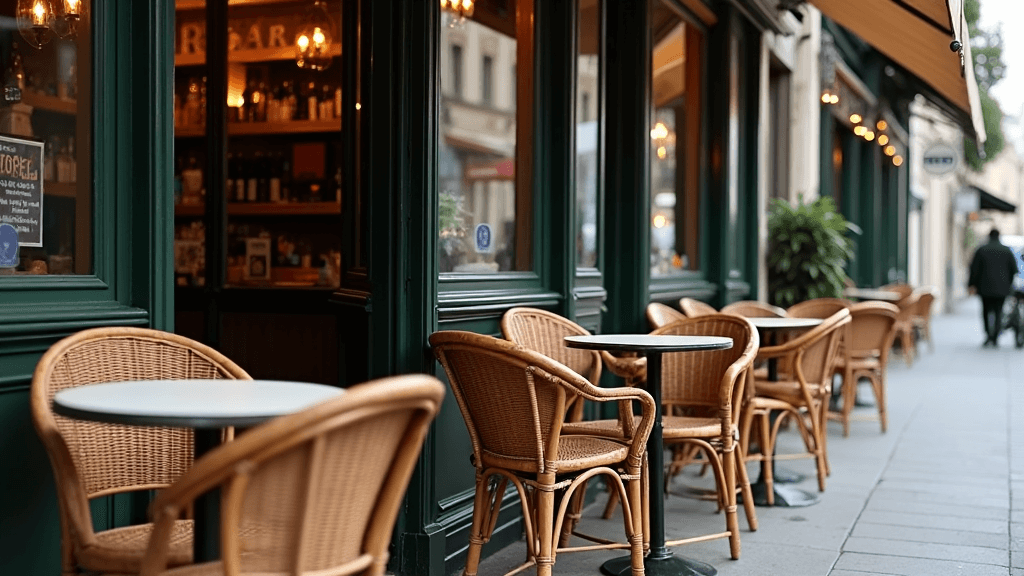Have you ever wondered why some coffee tastes better than others? You might enjoy your regular cup of coffee, but have you heard others talk about how amazing their coffee is? It could make you wonder if you’re missing out on something. The truth is, coffee taste depends on a lot of things, like how it’s made, what beans are used, and even your own preferences. But there are a few things that almost everyone agrees make coffee taste great. Let’s take a closer look.
Table of Contents
ToggleWhat Does "Coffee Taste" Mean?
When we say “coffee taste,” we’re talking about the different flavors you notice when you drink it. Everyone’s first coffee experience is different. Maybe your first cup was instant coffee, or maybe it was from a coffee shop. Whatever it was, it probably set the base for what you think coffee should taste like.
At first, most people describe coffee as bitter or strong. You might add milk or sugar to make it taste smoother. But as you try different types of coffee, you’ll start to notice new flavors. Some coffee might taste sweet, others might have a hint of sourness (this is called acidity), and some might even have flavors like chocolate or fruit.
Over time, you’ll learn that coffee taste isn’t just about bitterness. Good coffee is about balance. It’s also about how the coffee feels in your mouth and how clear the flavors are.
Coffee Taste is Like Music
A good way to think about coffee taste is to compare it to music. In music, different instruments play together to make a nice sound. But if one instrument is too loud, it ruins the whole song. Coffee is the same. It has different flavors like bitterness, sweetness, and acidity. When these flavors blend together nicely, it makes a great cup of coffee. But if one flavor, like bitterness, is too strong, it can ruin the coffee.
The best coffee has balance, where all the flavors work together without any of them being too strong.

Approximately 166.63 million 60-kilogram bags of coffee were consumed globally in 2021/2022, indicating a steady rise in coffee consumption over the years, with coffee being one of the most popular beverages worldwide.
Why Balance Matters for Coffee Taste
Balance is key to making coffee taste good. Each coffee bean has different amounts of bitterness, sweetness, and acidity. If one of these flavors is too much, the coffee won’t taste right.
For example, coffee that’s too bitter might remind you of burnt toast. If it’s too sour, it might taste like a lemon. Great coffee finds the right mix. It blends the flavors in a way that tastes just right.
Think about fruits like apples and oranges. They both have sweetness and acidity but in different amounts. When they’re ripe, they taste delicious because they are balanced. Coffee works the same way—when the bitterness and acidity are balanced, the coffee tastes better.
How Coffee Feels When You Drink It
Another important part of coffee taste is how it feels in your mouth. This is called mouthfeel. Some coffee feels light and bright, almost like tea. Other coffee feels rich and creamy.
Neither is better than the other, but great coffee should always feel smooth. If it feels gritty or rough, it’s probably not going to taste as good. Whether the coffee is light or bold, it should feel pleasant when you drink it.
The Clean Taste of Coffee
Clarity in coffee means you can taste each flavor clearly. If the flavors are all mixed together or hard to pick out, the coffee can taste flat.
Great coffee has clear, sharp flavors. You might not be able to name each flavor right away, but you’ll notice that the coffee tastes clean and fresh. As you drink more coffee, you’ll get better at noticing these flavors. Clarity often comes from using high-quality beans and making the coffee properly.
According to the Specialty Coffee Association, around 48% of daily coffee drinkers in the U.S. prefer specialty coffee, reflecting the growing interest in higher-quality coffee with distinct flavor profiles like acidity, clarity, and balance.

How Coffee Taste Affects Your Feelings
Coffee isn’t just about how it tastes; it also affects how you feel. Two feelings often come up with great coffee: anticipation and satisfaction.
Anticipation is when you look forward to drinking your coffee. Maybe you go to bed excited to have that first cup in the morning. This makes the coffee experience even better.
Satisfaction comes when you finish a great cup of coffee. Sometimes you might even feel a little sad when the cup is empty because you enjoyed it so much. This feeling means the coffee was really good.
What Makes Coffee Taste Great? A Quick Recap
Here’s what makes coffee taste great:
- Balance: A good mix of bitterness, sweetness, and acidity.
- Mouthfeel: Coffee should feel smooth and enjoyable in your mouth.
- Clarity: The flavors in the coffee should be easy to taste.
- Emotion: Great coffee leaves you feeling happy and satisfied.
Great coffee is like a symphony—its flavors blend harmoniously, creating an experience where no single note overpowers the rest.
Ahmed Rimon
How to Make Coffee Taste Better at Home
If you want to make your coffee taste better at home, try these tips:
- Use fresh beans: Freshly roasted beans make the best coffee. Try to use beans that have been roasted in the last two weeks.
- Grind just before brewing: Coffee tastes better when the beans are ground right before brewing. Use a burr grinder for the best results.
- Measure your coffee and water: Use the right ratio of coffee to water. A good starting point is one gram of coffee for every 16 grams of water.
- Try different brewing methods: Pour-over, French press, and espresso all bring out different flavors. Experiment to find what you like best.
- Use the right water temperature: Water that’s too hot can make coffee taste bitter, while water that’s too cold will make it taste weak. Aim for water that’s between 195°F and 205°F.
FAQs
- What makes coffee taste bitter?
Coffee can taste bitter if it’s over-extracted, brewed with water that’s too hot, or made from beans roasted too dark. To reduce bitterness, try adjusting the brewing time, water temperature, or choosing a lighter roast. - How can I improve the clarity of my coffee’s flavor?
To improve clarity, use fresh, high-quality beans, grind them just before brewing, and use the proper water-to-coffee ratio. A clean, precise brewing method like pour-over or Chemex can also enhance clarity. - What does it mean when coffee has “acidity”?
Acidity in coffee refers to the bright, tangy, or crisp flavor you experience, similar to the tartness of fruit. It’s not a sour or unpleasant taste, but a desirable characteristic in many high-quality coffees, particularly in light roasts. - How does grind size affect coffee taste?
Grind size directly impacts extraction. A finer grind increases surface area, resulting in a stronger, sometimes more bitter taste, while a coarser grind may lead to under-extracted, weaker coffee. Using the correct grind size for your brewing method is essential for balanced taste. - How can I balance sweetness and bitterness in my coffee?
To balance sweetness and bitterness, experiment with brewing times, temperatures, and coffee-to-water ratios. Reducing brew time or using slightly cooler water can bring out more sweetness and reduce bitterness. - Why does my coffee taste muddy or flat?
A muddy or flat taste is often due to poor clarity, which can result from stale beans, incorrect grind size, or over-extraction. Fresh beans, precise grinding, and proper brewing techniques will help sharpen the flavors. - What’s the best brewing method for enhancing coffee flavor?
There’s no single “best” brewing method, but pour-over and French press are popular for highlighting coffee’s flavor. Pour-over offers clarity, while French press brings out more oils, giving a richer taste. Choose based on your preferred coffee taste experience. - What is mouthfeel in coffee?
Mouthfeel refers to the texture of the coffee as it hits your palate. Coffee can feel light and delicate, like tea, or rich and creamy. The mouthfeel contributes to the overall enjoyment of the coffee, adding depth to the flavor.
Knowledge
- Coffee Bean Varieties:
The two main coffee species used in production are Arabica and Robusta. Arabica beans are known for their sweeter, softer taste with higher acidity, often featuring fruity or floral notes. Robusta beans have a stronger, more bitter flavor with earthy or nutty tones, often used in espresso blends for added crema and intensity. Roast Levels and Flavor:
Coffee’s flavor profile changes significantly depending on the roast level. Lighter roasts preserve more of the bean’s natural flavors, highlighting acidity and fruity notes. Medium roasts balance sweetness and body, while darker roasts reduce acidity and bring out more bitterness and smoky flavors. Each roast level offers a different coffee taste experience.
Conclusion
A great cup of coffee is all about balance, mouthfeel, and clarity. It’s also about how it makes you feel—whether it’s the excitement of that first sip or the satisfaction of finishing a perfect cup.
Next time you drink coffee, think about the balance of flavors, how the coffee feels, and whether the taste is sharp and clear. With a little effort, you can make your coffee taste even better.





